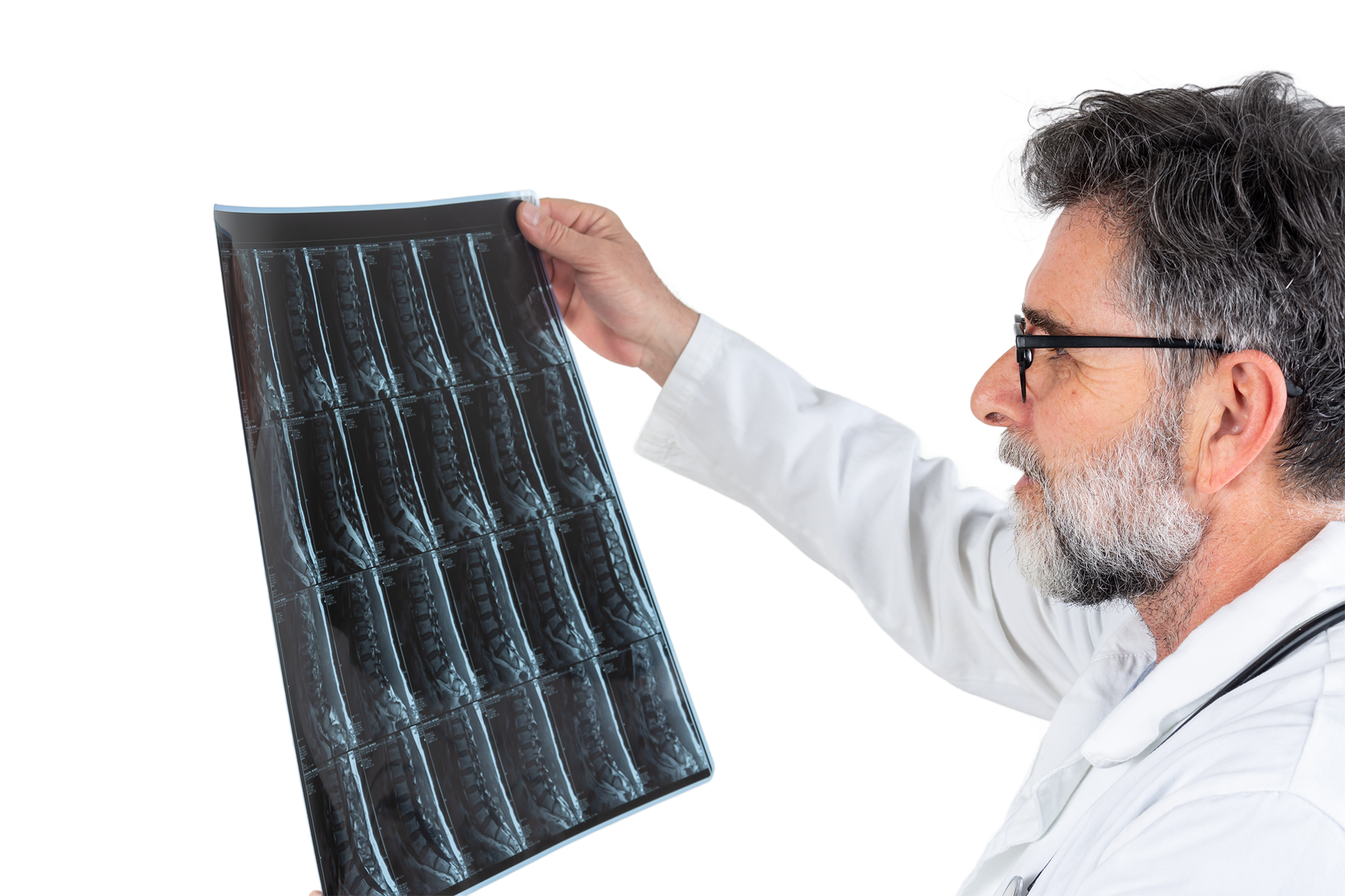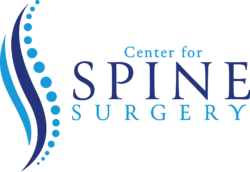
Center For Spine Surgery in Wilmington, Delaware
Procedures
The Center for Spine Surgery offers advanced spinal procedures from our board-certified physicians based on the recommendation of your physician.
Lumbar Laminectomy, Laminotomy, and Foraminotomies
Laminectomy involves making a small incision in the low back to allow removal of bone and ligament in order to enlarge the spinal canal and decompress the nerve roots in the low back. It is an effective and minimally-invasive treatment for lumbar stenosis, which can cause back and leg pain, numbness, and tingling.
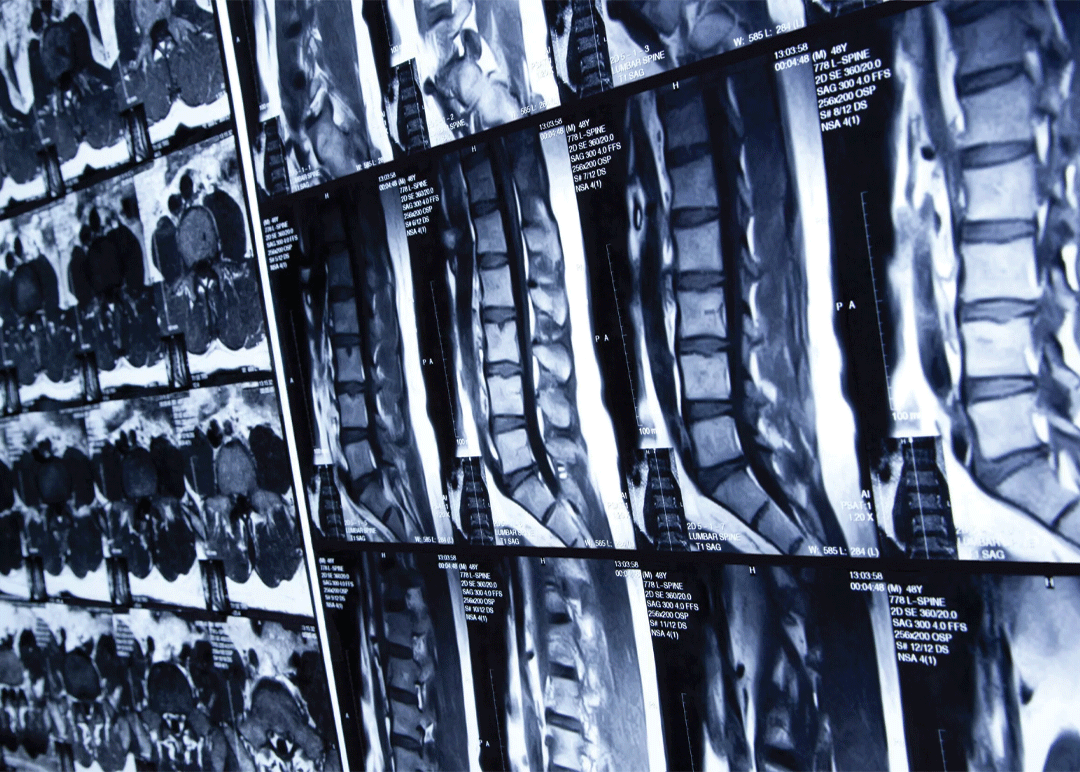

Interspinous Devices
These devices are intended to supplement decompressive procedures of the lumbar spine such as laminotomy or discectomy and provide stabilization of the spine, with or without fusion.
Lumbar Discectomy
Discectomy involves making a small incision in the low back to allow removal a small amount of bone and ligament to enter the spinal canal and then remove a herniated or protruded part of a disc that is pushing on a nerve causing severe leg pain, numbness, or weakness.
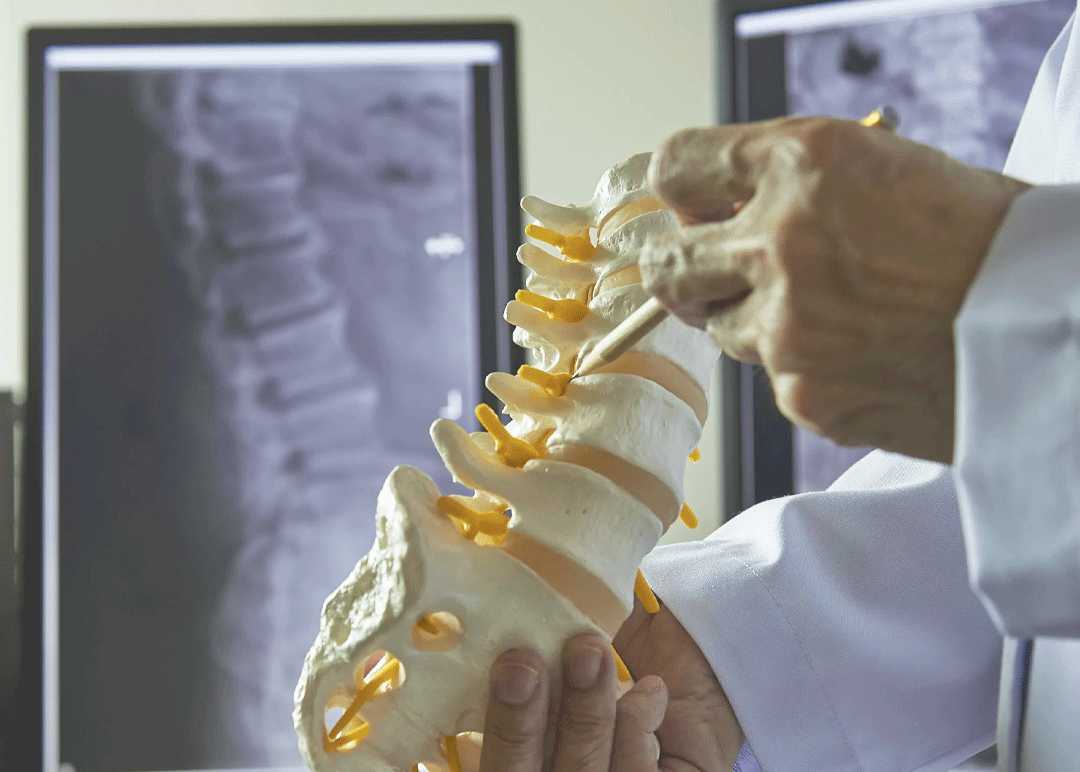
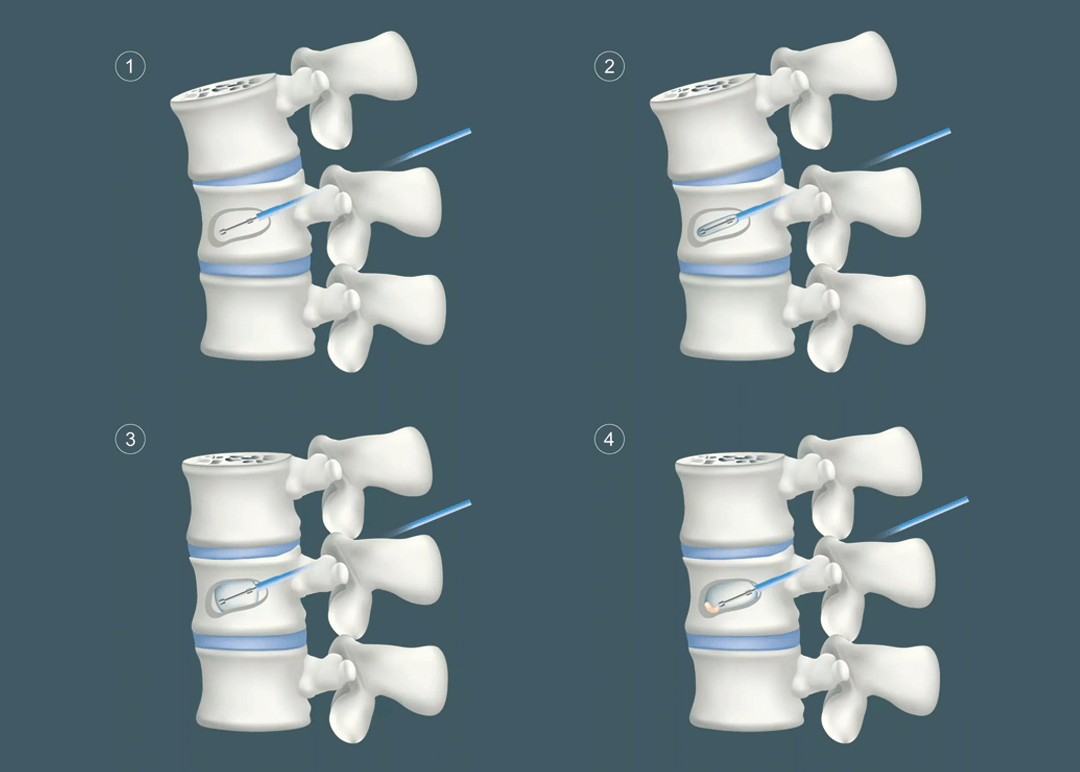
Kyphoplasty
Kyphoplasty (vertebral augmentation) is a minimally-invasive treatment for vertebral compression fractures. These fractures, often from osteoporosis, can cause severe pain. Kyphoplasty involves creating a cavity in the bone and filling it with “cement”, which stabilizes the bone and can relieve severe pain for patients who have not improved with read, bracing, and medications.
Spinal Cord Stimulation
Spinal cord stimulation (also known as dorsal column stimulation) is a minimally invasive treatment for chronic low back and/or leg pain not responsive to other therapies. It is indicated for the severe pain caused by neuropathy. It involves implantation of an electrode within the spinal canal, behind the spinal canal through a small incision in the mid-back (thoracic spine). That electrode is connected under the skin to a battery (also called a pulse generator) placed in the buttock that can be controlled by the patient. Batteries come in rechargeable and non- rechargeable varieties.
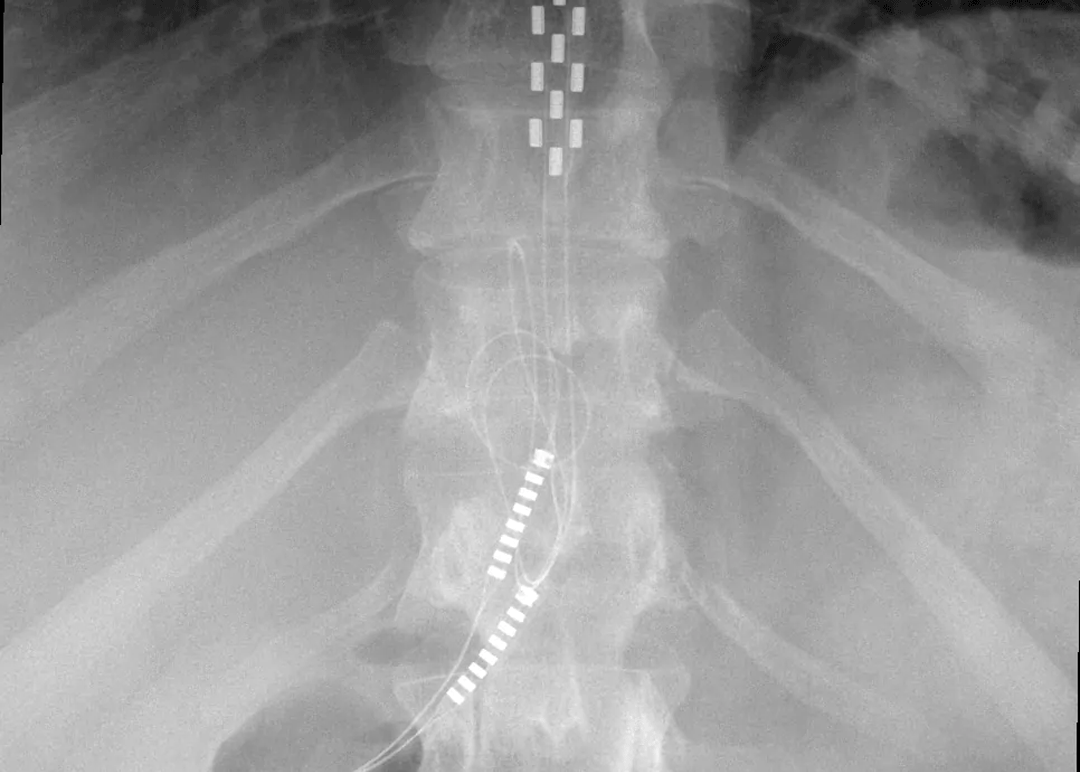
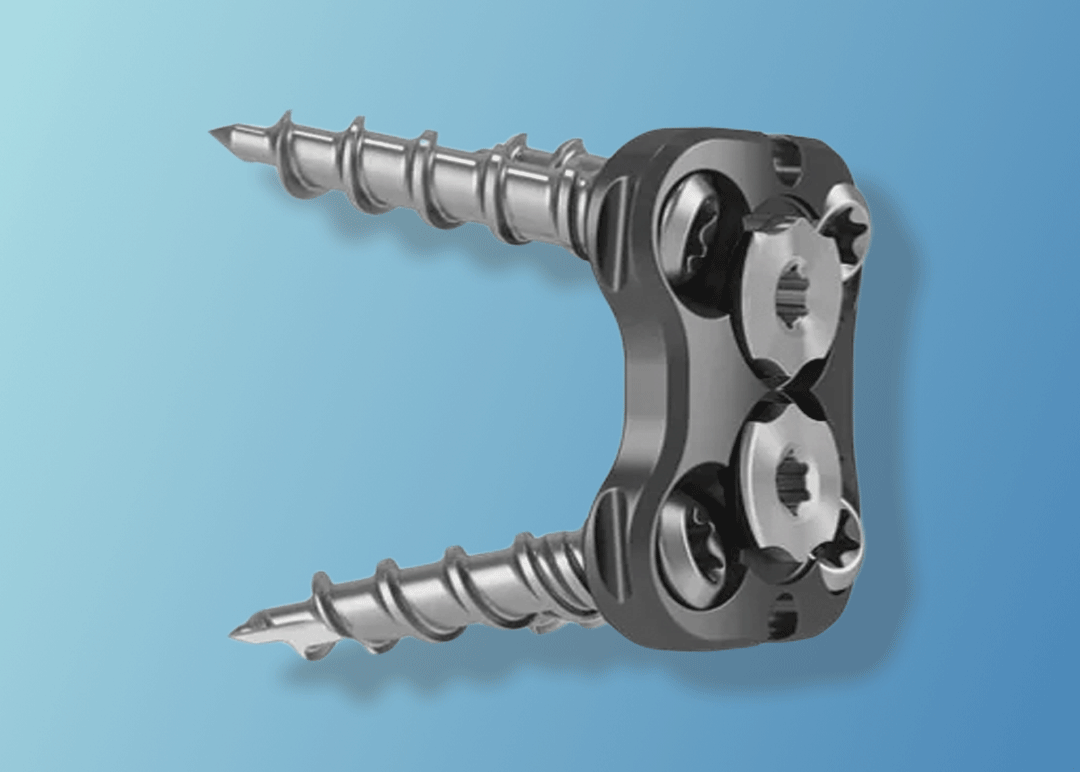
Anterior Cervical Discectomy and Fusion (ACDF)
ACDF involves making an incision in the front of the neck to access the front of the spine. Under an operating microscope the disc is then removed, decompressing spinal cord and nerve roots. The disc space is then filled with a spacer (bone or synthetic cage) and fixed with plate and screws. This is used to treat spinal stenosis or pinched nerves in the neck (cervical spine). This can relieve neck or arm pain as well as the other neurological symptoms of stenosis, such as balance difficulty or loss of fine motor skills.
Anterior Cervical Discectomy and Disc Replacement
ACDF involves making an incision in the front of the next to access the front of the spine. Under an operating microscope the disc is then removed, decompressing spinal cord and nerve roots. The disc material is then replaced with an artificial disc, maintaining full motion. This is used to treat spinal stenosis or pinched nerves in the neck (cervical spine).
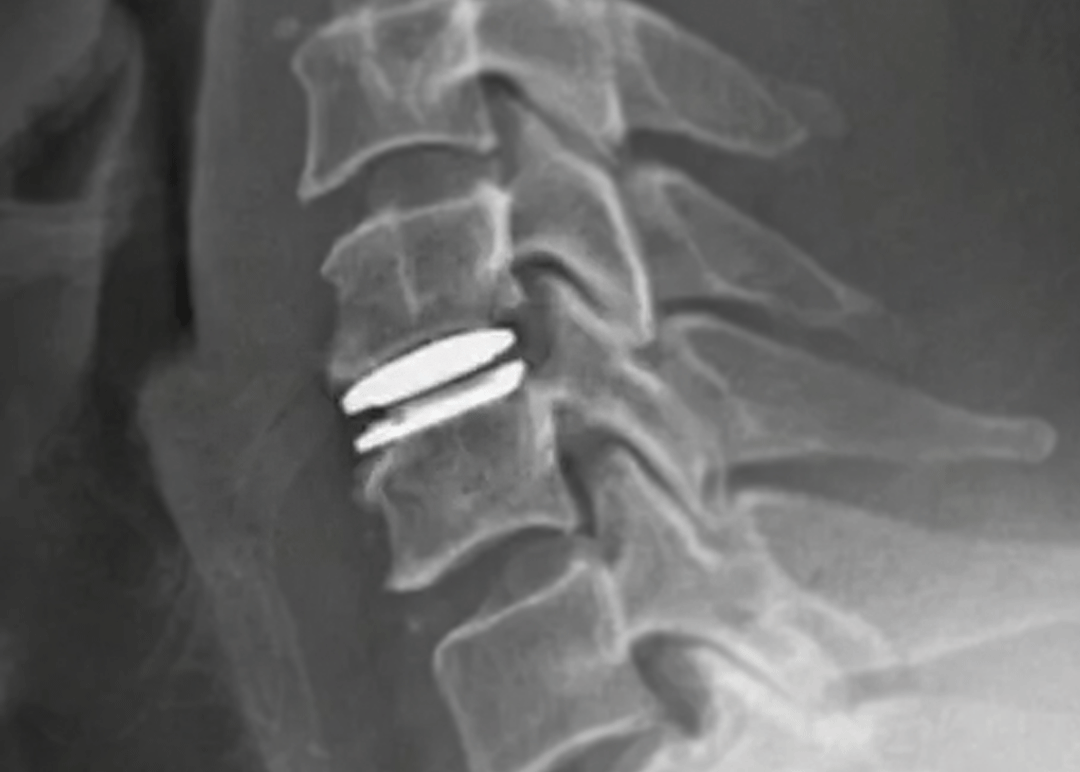
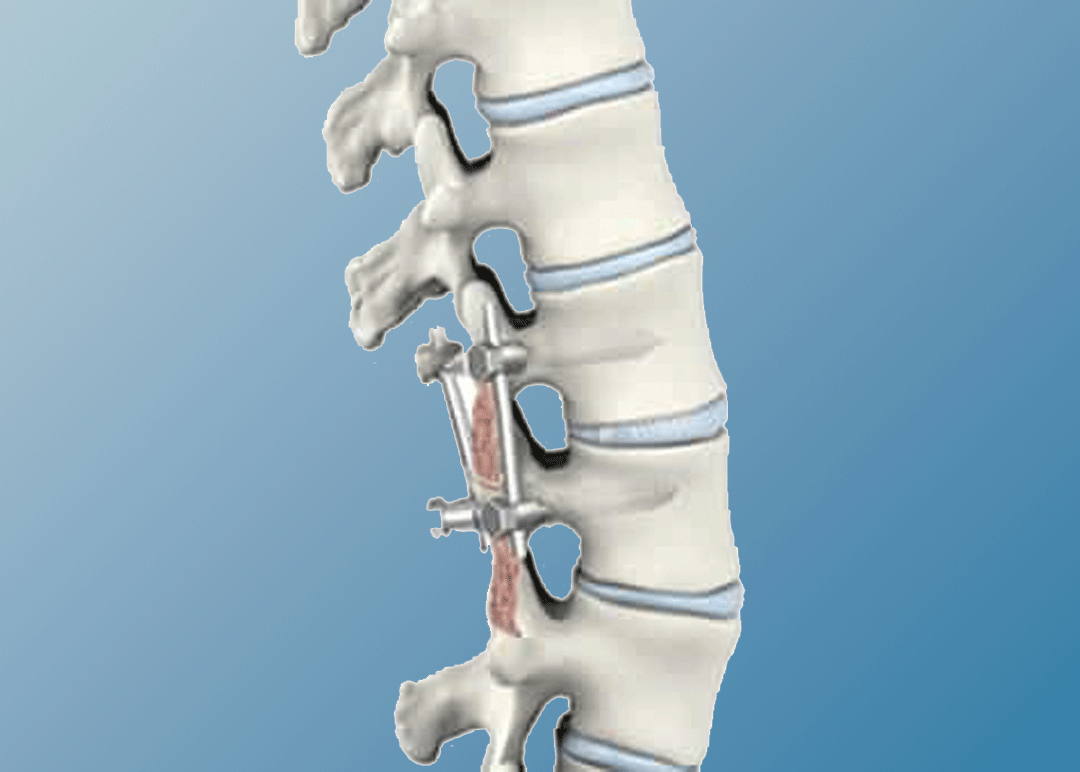
Posterior (Posterolateral) Lumbar Fusion
Posterateral fusions with instrumentation involve using minimally invasive techniques with intraopeartive CT imaging and computer navigation to place screws into the posterior spine (pedicles) in order to stabilize the spine. This can be performed as an adjunct to decompression or as a stand-alone procedure to treat instability and pain.
Transforaminal Interbody Fusion (TLIF)
TLIF is a technique used as an adjunct to posterolateral fusion to perform discectomy and place a spacer or cage into the disc space to restore disc height and decompress the nerves.
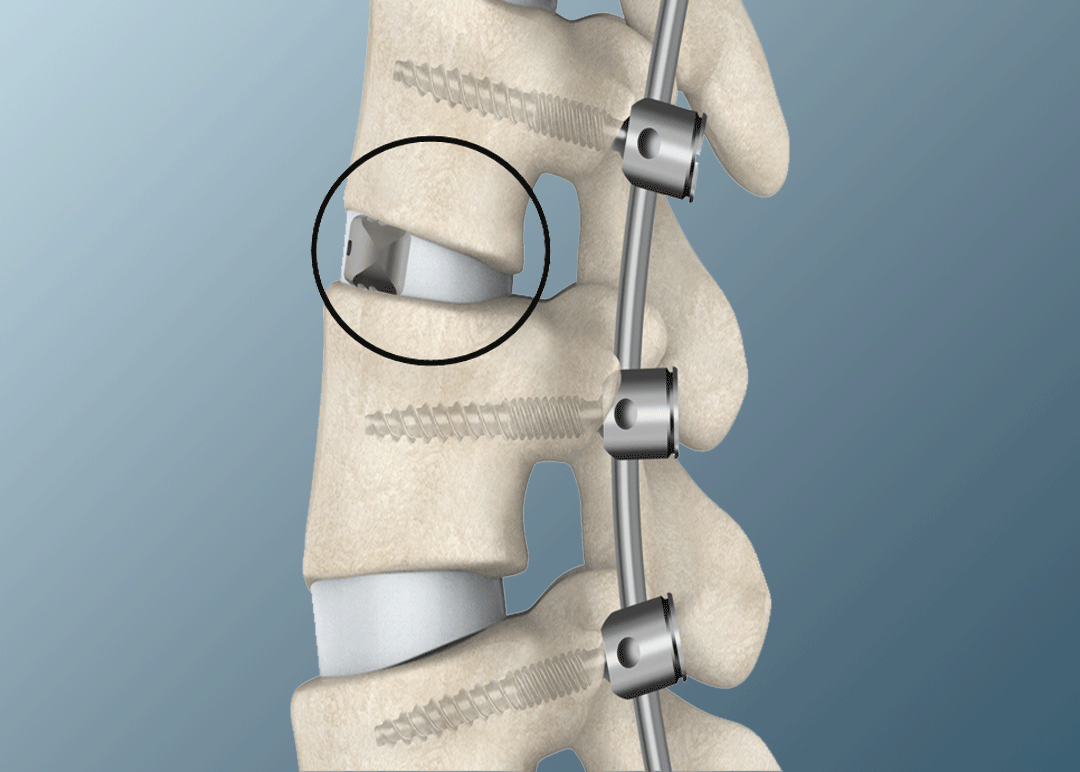
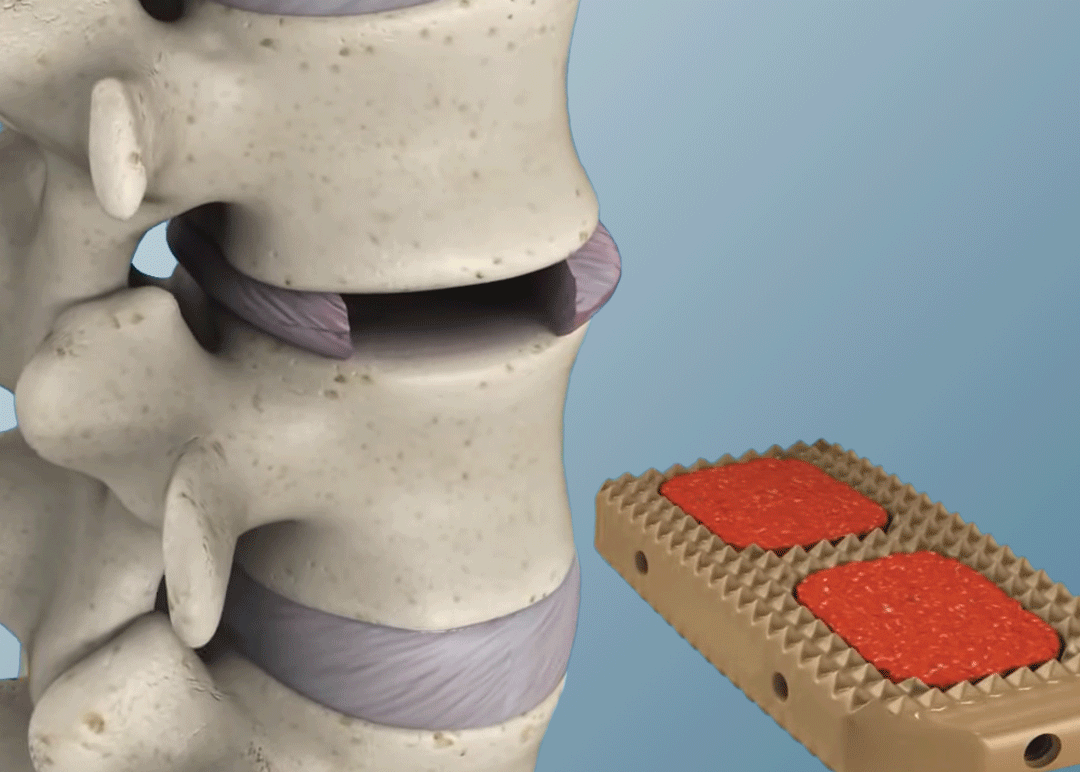
Anterolateral Interbody Fusion (XLIF, DLIF, OLIF)
Anterolateral fusion is a technique used to approach the spine from the side, using minimally invasive techniques to remove the disc and place a spacer or cage into the disc space to restore disc height and decompress the nerves. It is also usually performed as an adjunct to posterolateral fusion.
Sacroiliac (SI) Fusion
SI fusion inserts screws/implants across the sacroiliac joint using intraopeartive CT imaging and computer navigation through small skin incision. This minimally invasive technique can relieve pain caused by sacroiliac joint dysfunction, arthritis, or instability.
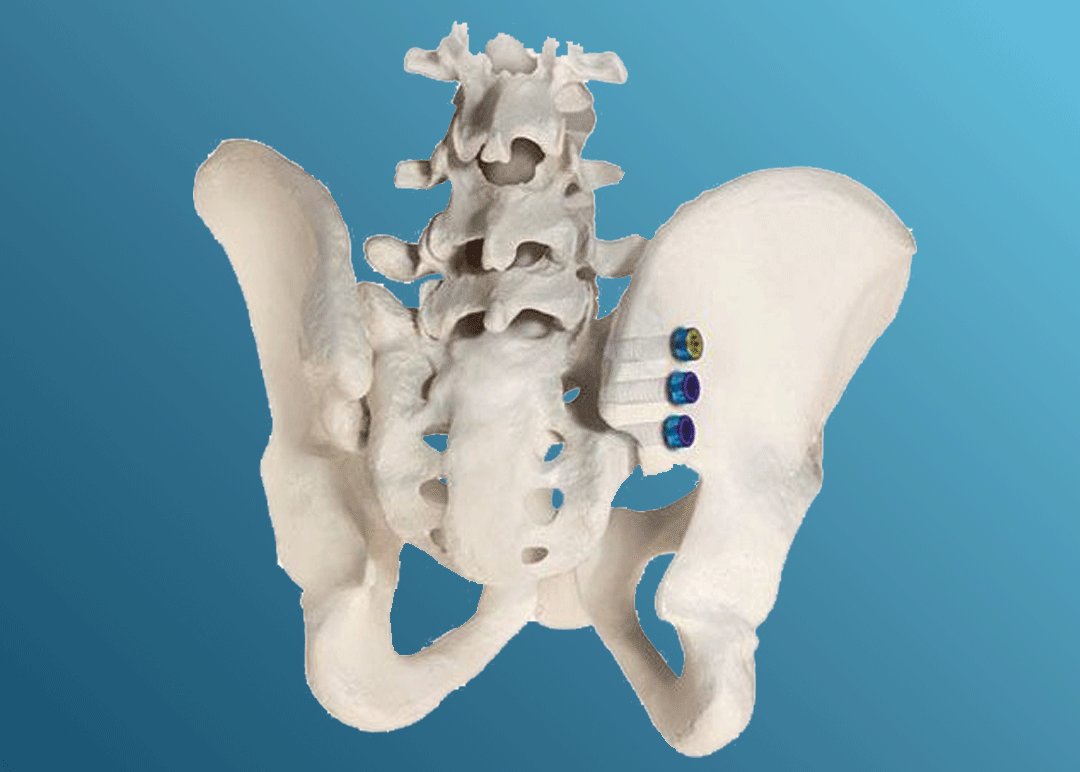
Accreditation

Perparing for Your Visit?
Our team of medical professionals understands that caring for your health means taking the time to listen to your concerns and help you relax as much as possible. Explore our resources to familiarize you with our center and provide answers to many of your questions.
Let's Start The Conversation
How Can We Assist You?
Our physicians, anesthesiologists, nurses and supporting staff are experts in their fields and dedicated to providing patients with successful and compassionate care based on the recommendation of your physician.
